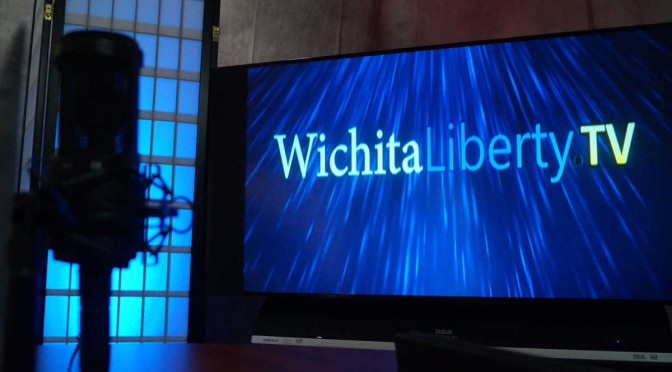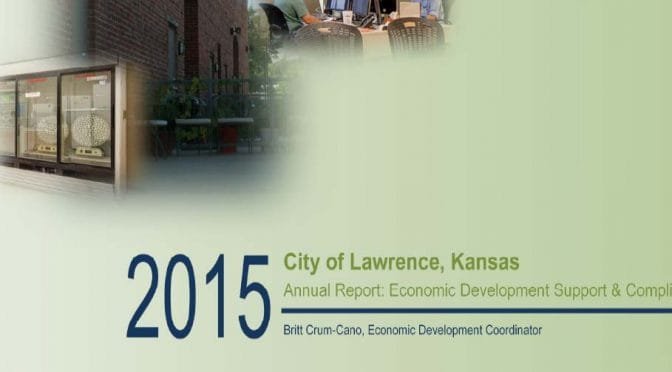Tag: Economic development
-

In Wichita, more sales tax hypocrisy
Another Wichita company that paid to persuade you to vote for higher taxes now seeks to avoid paying those taxes.
-

Best cities for job growth 2016
A computation of job growth in cities produces familiar results for Wichita.
-

Kansas economic development programs
Explaining common economic development programs in Kansas.
-

Spirit Aerosystems tax relief
Wichita’s largest employer asks to avoid paying millions in taxes, which increases the cost of government for everyone else, including young companies struggling to break through.
-

WichitaLiberty.TV: Trump and the Wichita Eagle, property rights and blight, teachers union, and capitalism
Was it “Trump” or “Bernie” that incited a fight, and how does the Wichita Eagle opine? Economic development in Wichita. Blight and property rights. Teachers unions. Explaining capitalism.
-

Wichita doesn’t have this
A small Kansas city provides an example of what Wichita should do.
-

What else can Wichita do for downtown companies?
With all Wichita has done, it may not be enough.
-

Wichita economic development and capacity
An expansion fueled by incentives is welcome, but illustrates a larger problem with Wichita-area economic development.
-

Wichita TIF district disbands; taxpayers on the hook
A real estate development in College Hill was not successful. What does this mean for city taxpayers?